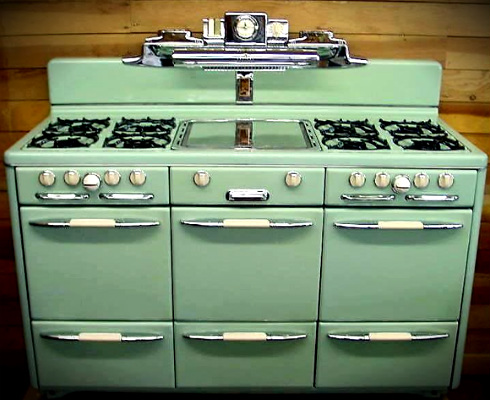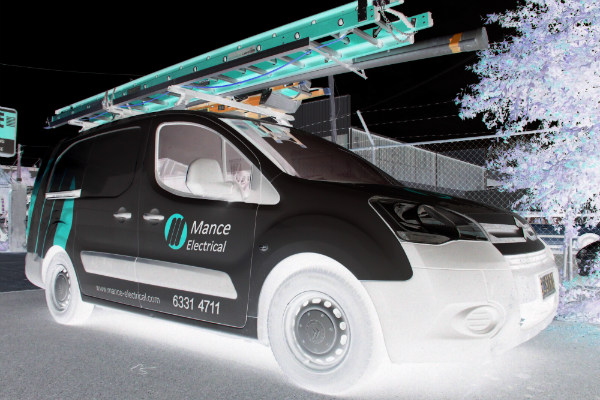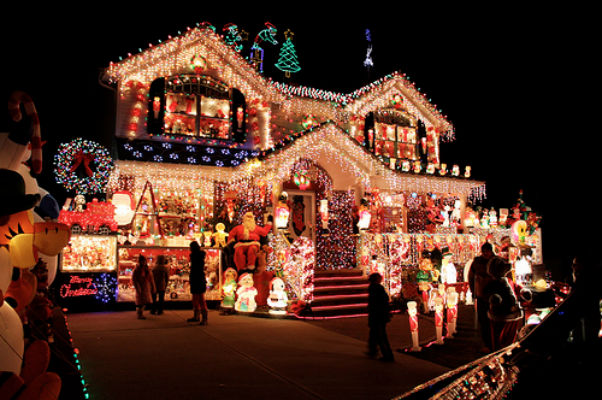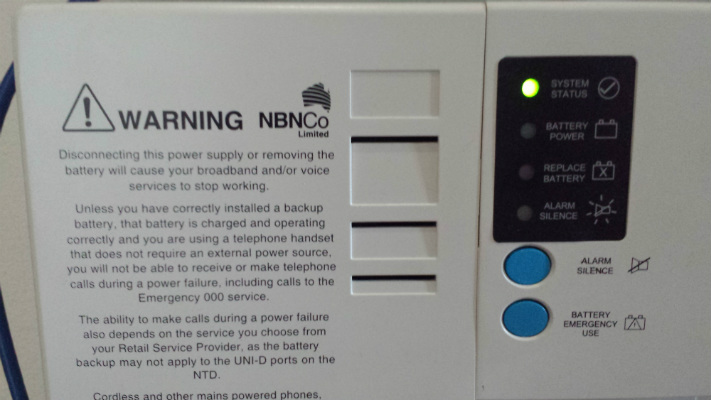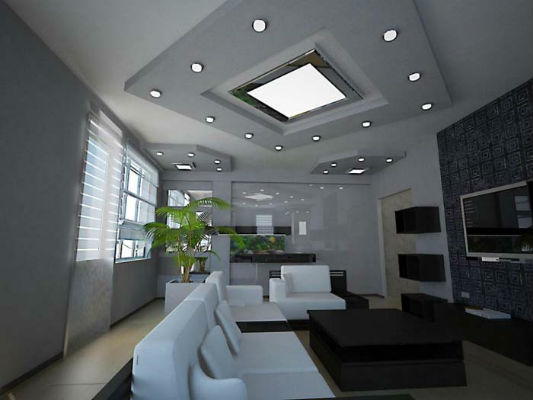
New LED Down Lights
Getting Cheaper And Better All The Time
- Cheaper To Run
- Cheaper To Maintain
- Safer To Operate
- Easy To Install
LED down lights have greatly improved over the last year or so. There are many new brands on the market and prices have dropped by around 50%.
The new lights on offer are more compact, with the LED drivers built in to the light fitting instead of having a separate driver that plugs into the light. This makes them easier to install, especially in confined spaces.
Some new LED downlights can even be completely covered by insulation without causing overheating problems.
Overheating is a big safety issue with the old style down lights. The dichroic lamps burn at up to 300 degrees and there are restrictions on clearances to timber and flammable materials.
The safety regulations were often ignored and a large number of homes have been damaged by fire as a result.
Click Here to read our in-depth article on The Dangers Of Old Style Down Lights
LED down lights solve all the safety problems caused by old downlights as they run very cool in comparison.
LED down lights are also much cheaper to run and have much lower maintenance costs as well.
The quality of light output has improved dramatically, with fittings available from 8 watts to 15 watts, with a choice of warm white, neutral or cool white output, so it’s easy to find a suitable down light for your situation.
Many fittings are dimmable too, which gives you even more options. The only proviso is you must match the correct dimmer to your light fitting to ensure the best result and avoid flickering or a limited dimming range.

There is also a choice in style and colour of the fittings themselves. LED downlights are available in either white, brushed chrome or brass finish. The diffuser on the front face can be slightly recessed or flush with the trim ring
LED down lights are available in sizes that will directly replace the common sizes of old style downlights so swapping over to new fittings is usually a straight forward job.
Switching to LED lights will save you at least 80% on running costs. Depending on the amount you use the lights, the pay back time could be less than a year. The more you use the lights, the more money you will save.
Replace your old unsafe down lights with new LEDs. Save money and reduce the risk of fire in your home. Phone Mance Electrical on 6331 4711.

